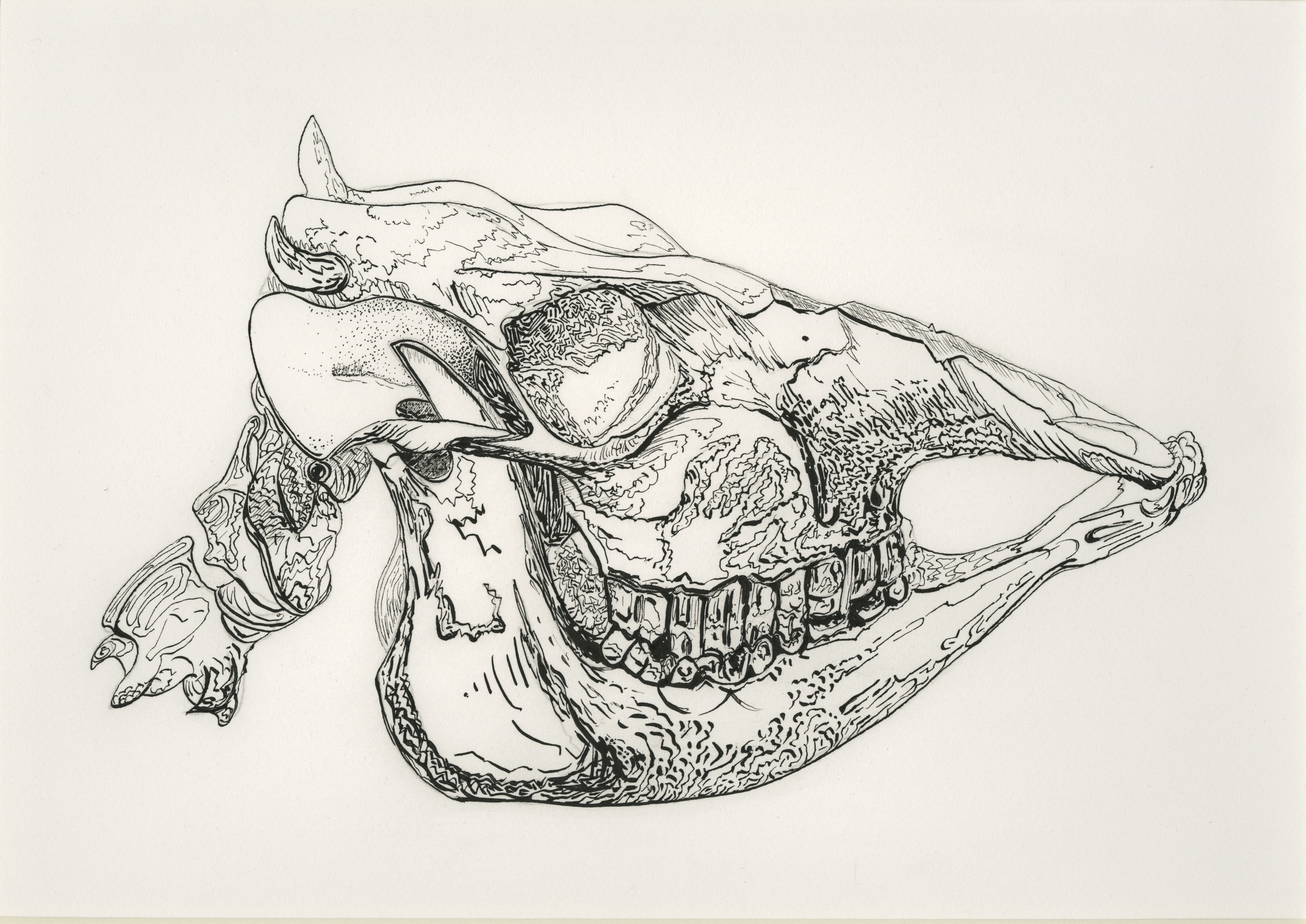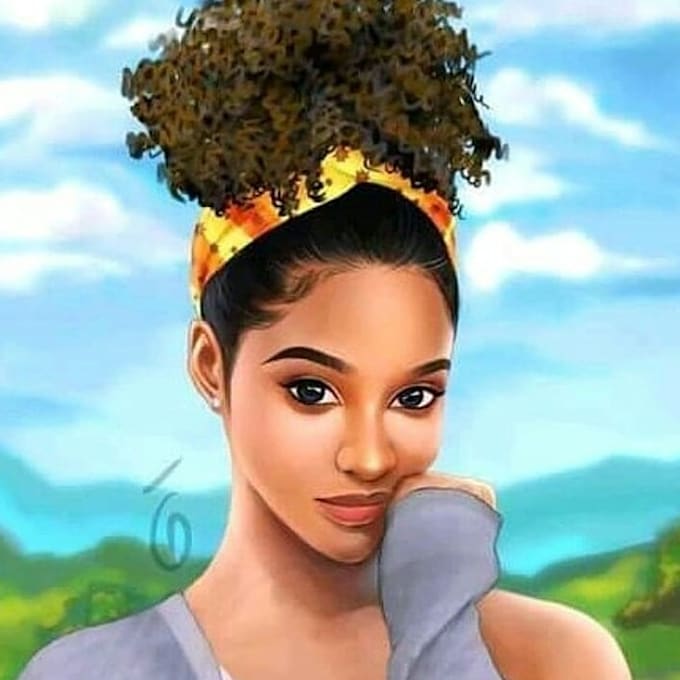Dead deer clipart 10 free cliparts
Table of Contents
Table of Contents
If you’re an artist, you may come across a point where you are required to draw a dead animal. Whether it be for a still life or a piece of art, it’s a challenging task to make it look realistic while still looking respectful. In this guide, you’ll learn how to draw a dead animal in a way that captures the essence of the animal while maintaining accuracy.
Pain Points of Drawing a Dead Animal
One of the main issues with drawing a dead animal is the challenge of capturing the texture and details of its fur or skin. The task can be even more difficult when attempting to depict the animal in a lifelike posture or setting. Additionally, many artists struggle with conveying the appropriate level of realism without making the image too graphic or gory.
How to Draw a Dead Animal
To begin, start by selecting a reference image to work with. This can be either a photograph of a dead animal or a high-quality sketch of one. Begin by sketching the basic outline of the animal, paying close attention to its proportions and shape. Once you have the basic form in place, start working on the details, such as the texture of its fur, the position of its limbs, and any relevant environmental settings.
As you work on the finer details, consider using a variety of pencil pressures and hatching techniques to create depth and texture in the image. Don’t be afraid to step back and reassess your image as you work, making adjustments as needed to ensure that you capture the appropriate level of realism without crossing over into overly graphic territory.
Summary
This guide aims to help artists overcome the challenges of drawing dead animals in ways that are both accurate and respectful. By focusing on aspects such as texture, proportion, and posture, artists can create lifelike images that capture the essence of the animal while maintaining realism. Through careful study and detailed work, even novice artists can learn how to draw a dead animal in a way that is both tasteful and effective.
How to Draw a Dead Animal: A Personal Experience
As an artist, I’ve often found myself in situations where I’ve had to draw dead animals for pieces of art or still lifes. While it can be difficult to balance accuracy with sensitivity, I’ve found that the key to success lies in careful attention to the details. Using simple reference images and pencil techniques, I’ve been able to create engaging images that capture the essence of the animal without crossing into graphic territory.
One important tip that I’ve found helpful is to begin by studying the basic proportions and shapes of the animal. When working from a reference image, be sure to pay close attention to the position of the limbs and the angle of the body. Additionally, work slowly and carefully, using light pressure to build up the details of the image. This allows you to make adjustments and corrections as needed to achieve the desired level of realism.
Practicing Your Skills
If you’re looking to improve your skills in drawing dead animals, one important step is to practice your technique frequently. Start by using simple reference images and working on basic sketches, focusing on capturing the proportions and texture of the animal in a respectful and accurate way. As you gain more experience and confidence, you can move on to more complex images and techniques, exploring the use of color, shading, and other advanced techniques to bring your images to life.
Common Techniques for Drawing Dead Animals
One of the most common techniques for drawing dead animals is the use of hatching and crosshatching to create texture and depth in the image. By using varying levels of pressure and direction in your pencil strokes, you can create a convincing sense of fur, skin, or other textures in the image. Other commonly used techniques include working in layers, building up the image slowly and carefully, and using reference images and live models to gain a better understanding of the animal’s proportions and shape.
Maintaining Realism
When working on a dead animal drawing, it’s important to balance accuracy with sensitivity. While you want your image to look lifelike, you also want to avoid crossing into overly graphic territory that could be seen as disrespectful. One important step is to work with reference images that capture the animal in a natural, respectful way. Additionally, pay careful attention to the details, working slowly and carefully to build up the image in a way that accurately captures the animal’s essence without being too graphic.
Question and Answer
Q: What is the best way to approach drawing dead animals?
A: The best way to approach drawing dead animals is to start with the basics, focusing on the animal’s proportions, shape, and basic details. From there, work slowly and patiently, using a combination of pencil techniques and reference images to build up the image in layers.
Q: How can I avoid making my image too graphic or gory?
A: One important step is to use reference images that capture the animal in a natural and respectful way. Additionally, pay attention to the level of detail in the image, working slowly and carefully to build up the image in a way that captures the animal’s essence without being too graphic or gory.
Q: What are some common mistakes that artists make when drawing dead animals?
A: One common mistake is overworking the details, which can make the image look overly stylized or graphic. Another common mistake is failing to pay enough attention to the animal’s proportions and shape, which can lead to images that look distorted or unrealistic.
Q: How can I continue to improve my skills in drawing dead animals?
A: One important step is to practice frequently, using reference images and live models to gain a better understanding of the animal’s proportions and movement. Additionally, take the time to study different pencil techniques and shading methods, experimenting with different tools and approaches to find what works best for you.
Conclusion
Drawing dead animals can be a challenging task, but with careful attention to detail and a respectful approach, artists can create engaging and accurate images that capture the essence of the animal. By focusing on aspects like texture, proportion, and posture, artists can create lifelike images that are both effective and tasteful. Through practice and dedication, even novice artists can learn how to draw a dead animal in a way that is both respectful and accurate.
Gallery
Dead Animals On Behance
Photo Credit by: bing.com / dead animals behance represent
Dead Deer Clipart 10 Free Cliparts | Download Images On Clipground 2021

Photo Credit by: bing.com / dead deer clipart clipground animal drawing
Dead Animals On Behance
Photo Credit by: bing.com / dead animals behance
Dead Animal Clipart 20 Free Cliparts | Download Images On Clipground 2021

Photo Credit by: bing.com / dead clipart animal bee died cliparts clipground clipartmag library collection
Easy Drawing Of A Dead Animal / Fairy Wing Tattoos, Animal Coloring

Photo Credit by: bing.com / paintingvalley






